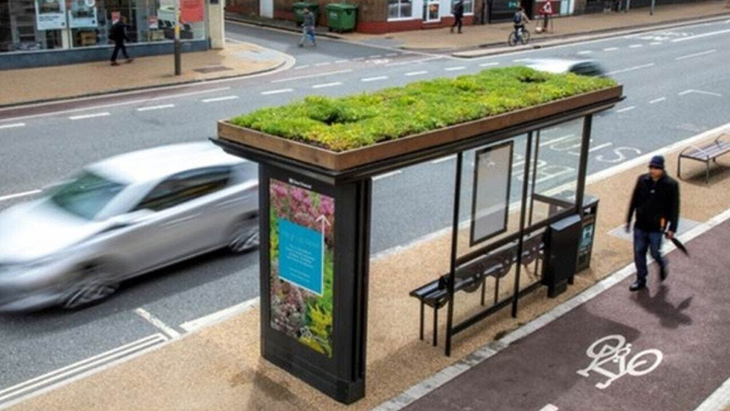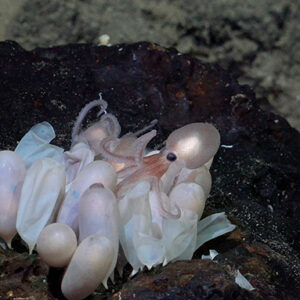
The bees are dying… or are they? Depending on whom you ask, the answer may actually change but regardless of what they actually tell you, bees are some of the most vital creatures to human survival. Why? Because the world depends on them to pollinate flowers, they make honey, as well as tons of other products that are anti-microbial, anti-inflammatory, and full of antioxidants.
And to help ensure their safety, well-being, and to protect them from extinction, various bus stops all over Aberdeen, Scotland will be renovated to become “Bee Bus Stops” to make sure they keep on doing what they do best!
This means that some cities in Scotland they will be transforming the tops of their bus stop stations using a flowering plant known as stonecrop – or sedum – in the hopes to not only encourage biodiversity, but to also help keep these shelters cooler in the summer while helping absorb unwanted pollutants.
One of the Scotland’s council members, Ms. Kairin Van Sweeden, described the stops as “quite miserable places” last December, and she says that this new update will help put Scotland’s heritage as one of the successful innovators for public transport.
Currently, the idea is to renovate at least 9 different stops as a test run, however, should they prove to be successful, the city of Aberdeen may just make it a blanket policy for all new bus stops being built, while also requiring the old ones to be refitted in the same manner.
Moreover, the idea of city planners is to draft volunteer programs for people to water and care for these plants at the stops, while being able to encourage community spirit around the area of Union Street.
As reported in Aberdeen Live News, in Aberdeenshire, there was another pilot program where they gave a Park & Ride an eco-friendly makeover, which added a sedum-planted roof, some solar panels, as well as energy saving LED light displays.
The Ellon Park & Ride actually features “Papercast” displays, which are considered the lowest-consuming type of electric signage on earth. It uses an electrified piece of paper that costs no energy to display what it wants to display. This particular station has three different bus shelters, all of which have been outfitted with these sedum-plant roofs and Papercast travel displays for customers to appreciate and enjoy.
Meanwhile, other cities in Europe, such as in Utrecht in The Netherlands, have already switched to these types of bus stops, where bees are free to fly, pollinate, and roam as they please.
Although these days most bus stops are seen as small stops across cities, they can still have a positive environmental impact on the world while working to become a more carbon-efficient, or even possibly one day, to become a carbon-free city.
What are your thoughts? Please comment below and share this news!
True Activist / Report a typo


